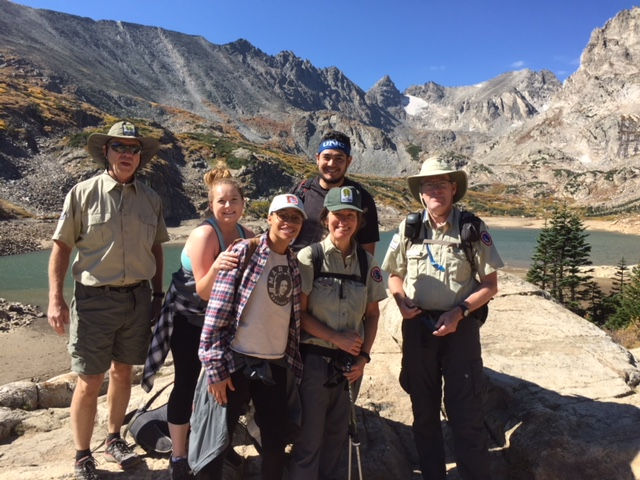Indian Peaks Wilderness Alliance
Preserving and Protecting the Indian Peaks and James Peak Wilderness Areas
Teach the Teacher Program
In 2018, the IPWA piloted the "Wilderness In Nature" (WIN) Teach the Teacher Program in partnership with the University of Northern Colorado's Center for Urban Education.
This program was led by Stuart Dodd (IPWA board chair), Daryl Ogden (IPWA board member and education lead) and Jessica Feld (IPWA volunteer and professor at UNC).
The WIN program focused directly on achieving the IPWA mission by reaching out to a younger, and more ethnically diverse, generation than the majority of our current programs. Students in the teacher training program will be teaching in Denver Public elementary schools, and will be able to pass on their knowledge of Colorado public lands to their classes. Our IPWA tag line “Saving Wilderness. Changing Lives” ties directly to this program by teaching students who are just becoming teachers on the importance of environmental issues and wilderness conservation, who in turn will influence the lives of a younger generation in order to save wilderness for the long term.
The group of 10 students participated in a series of education hikes starting in the grasslands/prairie, and heading up into the foothills/shrublands, montane and sub-alpine/alpine life zones. These hikes included:
-
Rocky Mountain Arsenal National Wildlife Refuge (US Fish & Wildlife)
-
Red Rocks Park National Historic Site (City of Denver Park)
-
Dinosaur Ridge National Natural Landmark (US Park Service)
-
Mud Lake Boulder County Open Space (Boulder County)
-
Brainard Lake Recreational Area (US Forest Service)
The students met with volunteers and state and federal agency staff (biologists, geologists and naturalists) to learn about the ecological life zone, plant & animal adaptations, seed dispersal, and geological concepts.
The students also learned about who the IPWA is and what we do, what public lands are and why we should all care, and the varying & unique ecological life zones in our state and why we need to protect them.
Check out the video on YouTube and photos of the program below:







